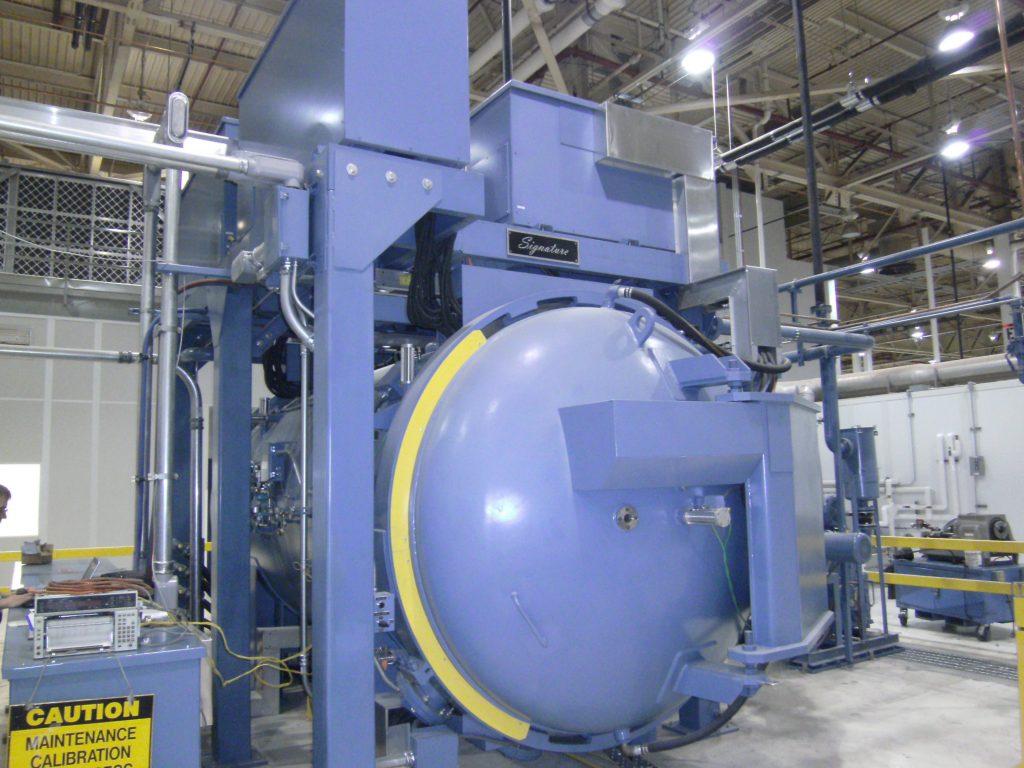Vacuum brazing furnaces make brazing simple and easy. Due to the nature of the vacuum furnace, heat is evenly distributed and part production is consistent.
Brazing itself creates much higher quality products than other metal joining techniques. A high-quality vacuum brazing furnace ensures the parent metal does not melt, providing tighter control over tolerances. Further, dissimilar metals and non-metallic materials can also be joined through brazing.
Typically, the vacuum brazing process won't require extreme temperatures to create a quality product. The filler metal has a lower melting point than the base metal. Tight temperature control means the filler flows to cover the base metal, and the base metal remains unaffected.
Benefits of Vacuum Brazing Furnaces
- Higher tolerance control
- Cleaner connections and final products
- Less heat distortion
- Dissimilar metals and non-metals can be joined
- Flux-free joints
- Consistent quality through uniform temperature
- Mass production capabilities
- Less residual stress due to a slow heating/cooling cycle
- Metal properties improved
- Higher integrity, strength, and part attractiveness
How Vacuum Brazing Works
Brazing requires three components: two parent metal pieces and a filler to join them. In the furnace, the components are arranged so that the filler will melt and flow on the base pieces, and join them solidly when cooled.
This is a highly effective method of joining two parts. Vacuum brazing provides strength, durability, and reliability unmatched by other metal joining methods. It also requires no secondary fabrication or finishing.


